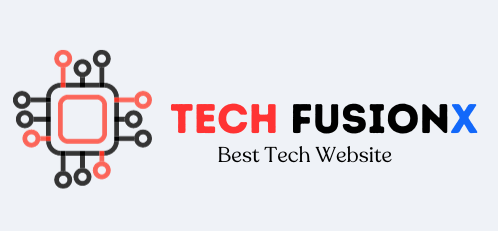
Educational Technology:
In the fast-evolving landscape of education, the integration of technology has become a pivotal force shaping the way students learn and educators teach. Educational technology, commonly known as EdTech, encompasses a broad spectrum of tools, platforms, and innovations designed to enhance the educational experience. As we navigate the 21st century, the importance of incorporating technology into education cannot be overstated. This article explores the significant role of educational technology in today’s education industry and its impact on both students and educators.
Access to Information:
One of the most profound benefits of educational technology is the democratization of information. The internet, digital libraries, and online databases have made a vast wealth of knowledge accessible to students regardless of geographical location. Educational technology has bridged gaps and leveled the playing field, allowing learners to explore diverse subjects, cultures, and perspectives with just a few clicks.
Personalized Learning:

Educational technology enables personalized learning experiences tailored to individual student needs. Adaptive learning platforms use algorithms to assess a student’s strengths and weaknesses, adjusting the curriculum to match their pace and learning style. This approach not only accommodates diverse learning abilities but also fosters a deeper understanding of concepts as students progress at their own speed.
Interactive and Engaging Content:
Traditional methods of teaching are being revolutionized by interactive and engaging content facilitated by educational technology. Virtual reality, augmented reality, gamification, and multimedia resources transform abstract concepts into tangible, immersive experiences. These technologies not only capture students’ attention but also make learning enjoyable and memorable.
Collaboration and Communication:
Educational technology has revolutionized communication and collaboration among students and educators. Online platforms, video conferencing tools, and collaborative software facilitate real-time interaction, transcending physical boundaries. This interconnectedness fosters a global learning community, where students can collaborate on projects, share ideas, and engage in meaningful discussions with peers from around the world.
Data-Driven Decision Making:
EdTech provides valuable insights through data analytics, helping educators make informed decisions. Learning management systems and assessment tools generate data on student performance, enabling teachers to identify areas that need improvement and tailor their instructional strategies accordingly. This data-driven approach enhances the effectiveness of teaching methods and ensures that no student is left behind.
Preparation for the Future Workforce:
In a world driven by technology, integrating educational technology prepares students for the demands of the modern workforce. Exposure to coding, digital literacy, and proficiency with various software tools equips learners with skills that are increasingly essential in diverse professional fields. Educational technology serves as a bridge between the classroom and the rapidly evolving job market, ensuring that students graduate with the skills needed to thrive in a technology-driven society.
Adaptability and Flexibility:
The dynamic nature of educational technology allows for continuous adaptation to new pedagogical trends and learning methodologies. This adaptability ensures that educational practices remain relevant and effective in addressing the evolving needs of students and educators.
Conclusion:
Educational technology has become an integral part of the contemporary education landscape, offering transformative possibilities for both students and educators. Its role in providing access to information, enabling personalized learning, fostering collaboration, and preparing students for the future workforce cannot be overstated. As we embrace the potential of EdTech, it is essential for education stakeholders to continue exploring innovative ways to harness technology’s power for the betterment of education globally. Embracing educational technology is not just a choice; it is a necessity for creating a vibrant and effective learning environment in the 21st century.
